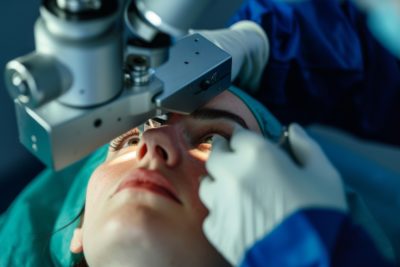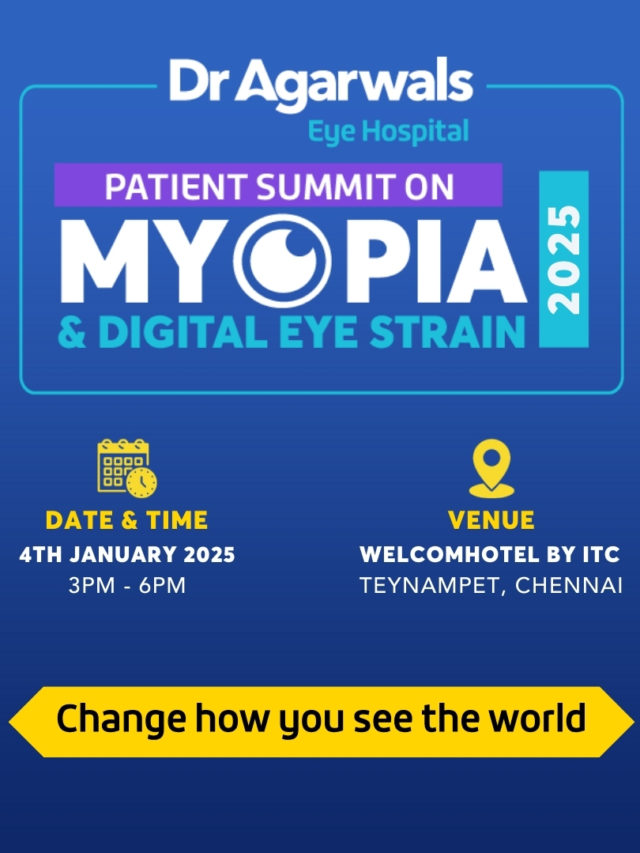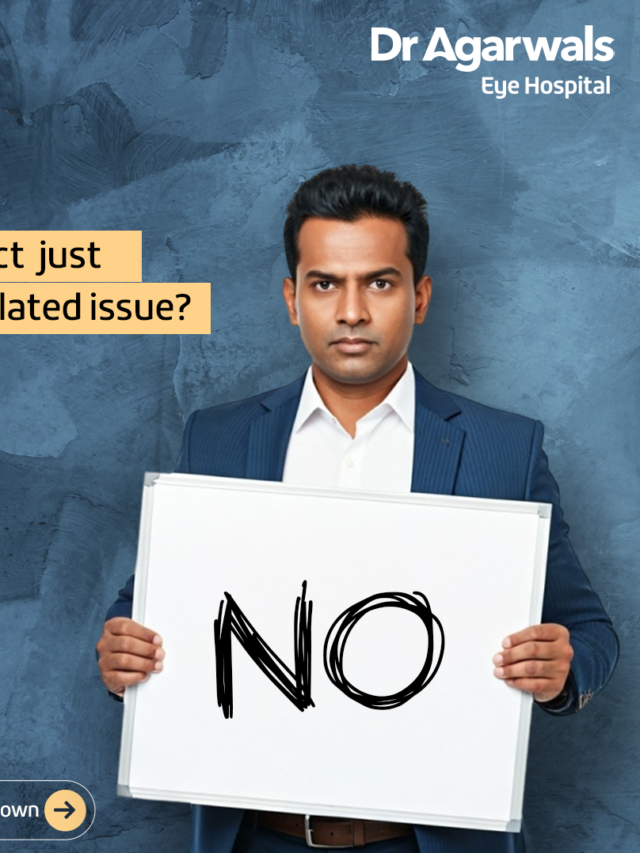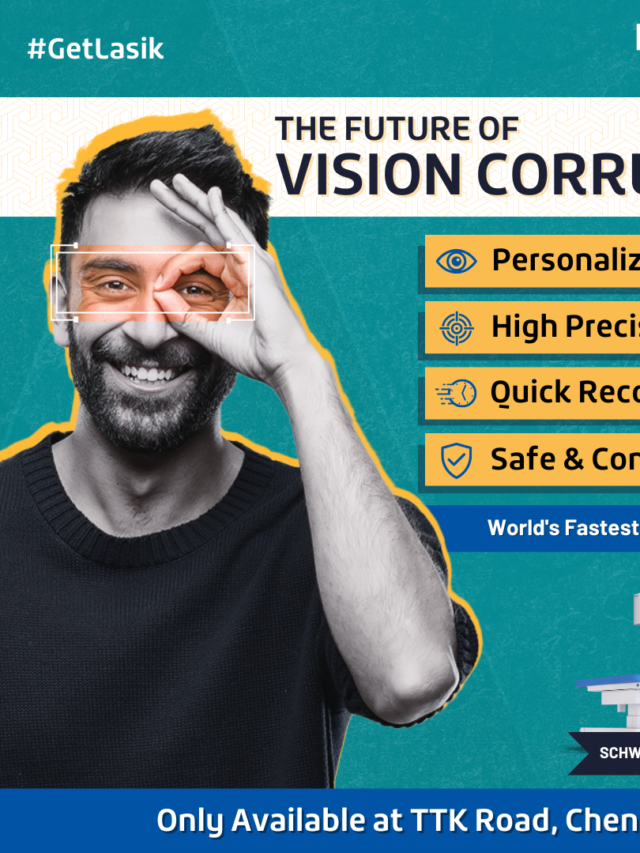Choosing between SMILE eye surgery and LASIK is one of the most common decisions for people seeking permanent vision correction. Both procedures reshape the cornea to reduce dependence on glasses or contact lenses, but they differ in technique, recovery, suitability, and cost. Understanding these distinctions helps patients make informed choices based on their vision needs, eye health, and lifestyle.
Understanding SMILE and LASIK Eye Surgery: What Each Procedure Involves
Both SMILE and LASIK use advanced lasers to correct refractive errors like myopia and astigmatism. However, the surgical approach is different: LASIK creates a flap to access and reshape the corneal tissue, while SMILE is flap-free, using a small incision to remove a lenticule.

What Is LASIK Eye Surgery & How Does It Work?
LASIK eye surgery is one of the most widely performed procedures for vision correction. It involves three main steps:
- Flap Creation: A thin corneal flap is made using a femtosecond laser.
- Laser Reshaping: The underlying corneal tissue is reshaped using an excimer laser to correct the refractive error.
- Flap Repositioning: The flap is carefully repositioned to its original place to heal naturally.
LASIK can treat myopia, hyperopia, and astigmatism. Patients often regain sharp vision within 24 to 48 hours, making it one of the fastest recovery options. For those seeking to understand what LASIK eye surgery is, it is essentially a safe, effective, and time-tested method with millions of successful cases worldwide.
What Is SMILE Eye Surgery & How Does It Work?
SMILE (Small Incision Lenticule Extraction) is a newer, minimally invasive procedure. A femtosecond laser creates a small lenticule (a disc-shaped piece of corneal tissue) inside the cornea. This lenticule is removed through a 2-4 mm incision, reshaping the cornea and correcting vision.
Unlike LASIK, SMILE eye surgery does not require a flap, which reduces complications related to flap displacement and decreases the risk of dry eye. For those asking what SMILE eye surgery is, it is a flap-free alternative, especially suited to patients with myopia and astigmatism.
Key Differences Between SMILE and LASIK Eye Surgery
The table below summarises the major distinctions in the debate of SMILE laser eye surgery vs LASIK:
|
Feature |
LASIK Surgery |
SMILE Surgery |
|
Flap |
Requires flap creation |
Flap-free (small incision only) |
|
Conditions Treated |
Myopia, hyperopia, astigmatism, presbyopia (monovision) |
Myopia and astigmatism only |
|
Recovery Time |
1-2 days for clarity |
2-3 days for initial clarity, weeks for stabilisation |
|
Dry Eye Risk |
Higher due to nerve disruption in the flap |
Lower because nerves are preserved |
|
Eligibility |
Suitable for most patients |
Better for thin corneas or dry-eye prone patients |
Flap Creation vs Flap-Free Technique
In LASIK surgery vs SMILE, LASIK involves a corneal flap, which can shift if injured during recovery. SMILE eye surgery avoids flap complications, as only a tiny incision is made, preserving more corneal integrity and reducing flap-related risks.
Range of Vision Correction and Candidate Eligibility
LASIK can correct myopia, hyperopia, and astigmatism, and can even address presbyopia using monovision techniques. SMILE is mainly used for myopia and astigmatism and isn’t suitable for farsightedness.
Key eligibility factors include stable prescriptions, healthy eyes, and adequate corneal thickness. SMILE may be a better option for people with thin corneas.
Recovery Time and Dry-Eye Risk
With LASIK, most patients regain clear vision in 24 to 48 hours but may experience temporary dry eyes. SMILE surgery recovery takes slightly longer but has a lower risk of persistent dryness since fewer corneal nerves are affected.
Pros and Limitations: Evaluating LASIK and SMILE Eye Surgery
Advantages of LASIK Eye Surgery
- Fastest visual recovery, often within 1-2 days.
- Corrects a wide range of refractive errors.
- Long-established success and availability worldwide.
- Many surgeons are highly experienced in LASIK.
Advantages of SMILE Eye Surgery
- Flap-free and minimally invasive.
- Lower risk of dry eye compared to LASIK.
- Preserves corneal biomechanics, making it safer for active lifestyles.
- Suitable for patients with thinner corneas.
Limitations of LASIK Eye Surgery
- Risk of flap-related complications.
- Temporary dry eye symptoms are common.
- Not suitable for very thin corneas or extreme prescriptions.
Limitations of SMILE Eye Surgery
- Cannot treat hyperopia or presbyopia.
- Visual clarity may take longer to stabilise.
- Rare risk of under-correction requiring touch-up procedures.
SMILE vs LASIK: Which Candidates Are Best Suited?
- Best for LASIK: Patients with myopia, hyperopia, astigmatism, or presbyopia correction needs.
- Best for SMILE: Patients with myopia or astigmatism, thin corneas, dry-eye risk, or very active lifestyles.
An ophthalmologist will assess corneal thickness, eye health, and prescription stability to decide the best option.
SMILE vs LASIK Cost: What Influences the Price and Are They Covered?
The cost of SMILE surgery typically ranges between ₹1,20,000 and ₹1,35,000, while LASIK surgery usually begins at ₹35,000 per eye.
Factors Affecting Cost:
- Type of technology used (femtosecond lasers are costlier).
- Complexity of the prescription.
- Location and reputation of the eye clinic.
- Surgeon’s experience.
Insurance usually does not cover elective vision correction like LASIK or SMILE, but coverage may vary by plan. Patients often ask about the SMILE eye surgery vs LASIK cost. The higher cost of SMILE reflects its advanced bladeless technology.
What to Expect After SMILE vs LASIK
Both are outpatient procedures. Patients rest for a day, use prescribed eye drops, and avoid eye rubbing, swimming, or strenuous activity for several weeks.
- LASIK patients usually return to work in 1-2 days.
- SMILE patients may take 2-3 days initially, with complete clarity achieved over weeks.
Follow-up visits are essential to monitor healing in both cases.
Conclusion
When comparing SMILE laser eye surgery vs LASIK, both procedures are highly effective for correcting vision. LASIK offers faster recovery and treats more conditions, while SMILE provides a flap-free, minimally invasive alternative with reduced dry-eye risks.
Ultimately, the decision should be made with an experienced ophthalmologist who can assess individual eye health, vision goals, and budget. Whether you choose LASIK or SMILE, both can significantly reduce dependence on glasses and improve long-term visual quality.








